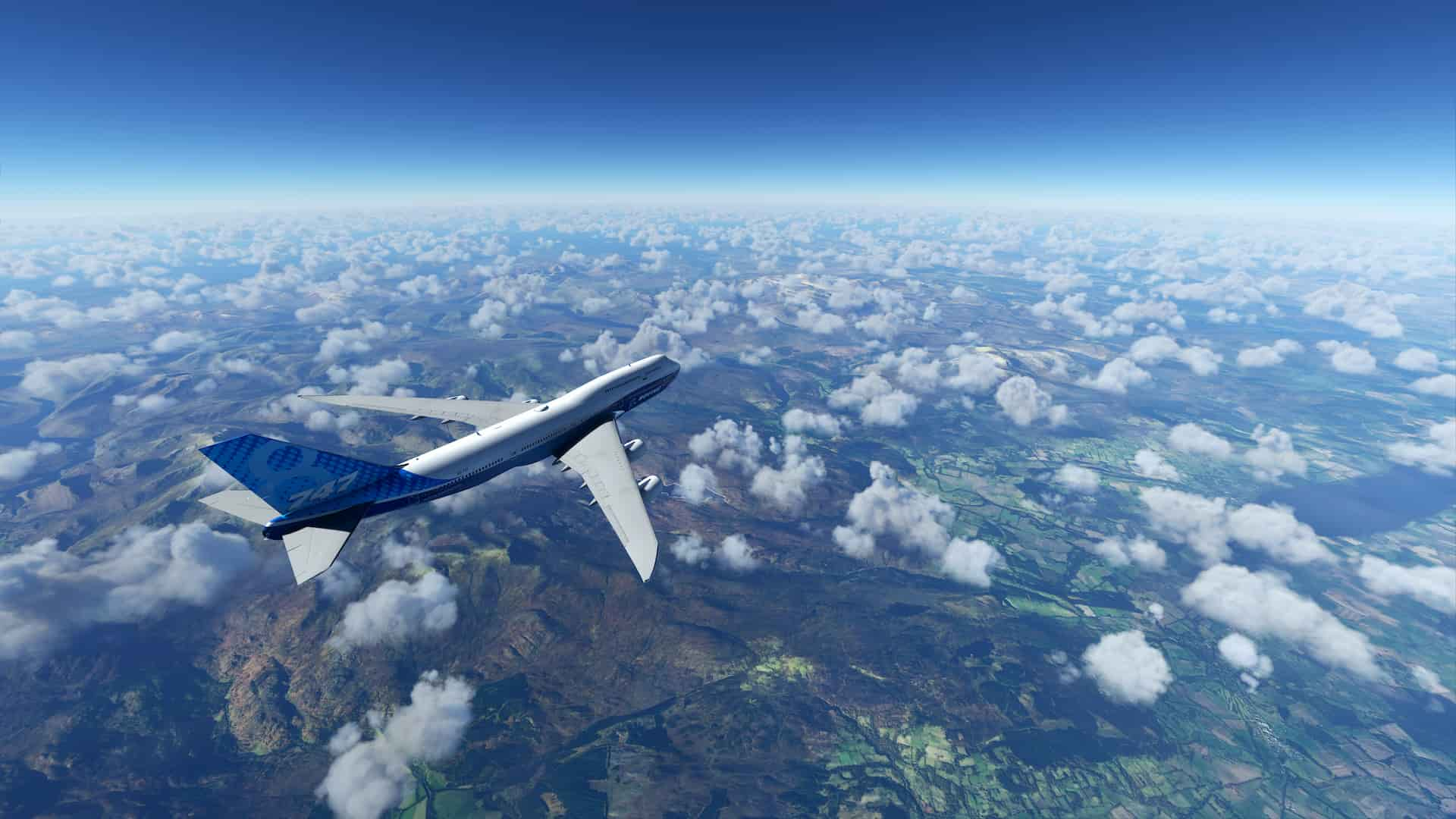With a size of 90 GB minimum, Microsoft Flight Simulator 2020 is no doubt a big hit to the game market. It’s a must-play especially to those travelholics who are being cooped up by COVID. But the game is still at an early stage, so there’s been many players complaining about the crashing issue. If you happen to be one of them, don’t worry. Here’re some fixes you can try.
Try these fixes
You might not need to try them all. Simply work your way down until you find the one that does the trick.
- Check if your PC meets the requirements
- Update your graphics driver
- Install all Windows updates
- Verify the integrity of game files
- Change your power plan
- Disable peripherals
- Increase virtual memory
Fix 1: Check if your PC meets the requirements
Microsoft Flight Simulator 2020 is challenging not only to your pilot skills, but also to your computer hardware. If your gaming rig doesn’t meet the minimum requirements, the game is expected to crash from time to time. And even if you can launch the game, it’s going to look like a slideshow.
So, when troubleshooting the crashing issue, first make sure your specs meet the minimum requirements. Because if they don’t, then maybe it’s time for an upgrade.
Here’re the system requirements of Microsoft Flight Simulator 2020:
Minimum requirements:
| Operating System: | Windows 10 64-bit |
| Processor: | Intel i5-4460 or AMD Ryzen 3 1200 |
| Memory: | 8 GB RAM |
| Graphics: | NVIDIA GTX 770 or AMD Radeon RX 570 |
| DirectX: | Version 11 |
| Storage: | 150 GB available space |
Recommended requirements:
| Operating System: | Windows 10 64-bit |
| Processor: | Intel i5-8400 or AMD Ryzen 5 1500X |
| Memory: | 16 GB RAM |
| Graphics: | NVIDIA GTX 970 or AMD Radeon RX 590 |
| DirectX: | Version 11 |
| Storage: | 150 GB available space |
If you’re confident about your gaming rig, please move on to the next fix.
Fix 2: Update your graphics driver
Graphics driver updates include not only bug fixes, but also improvements of compatibility with new games. Sometimes a driver update gives your graphics card a second life. So if you can’t remember when’s the last time you updated or installed your graphics driver, now it’s the time for that.
You can update manually: first go to the manufacturer’s download page (AMD/NVIDIA), then search your model and download the correct driver installer. But if you don’t have the time, patience or computer skills to update the driver manually, you can do it automatically with Driver Easy.
Driver Easy will automatically recognize your system and find the correct drivers for it. You don’t need to know exactly what system your computer is running, you don’t need to risk downloading and installing the wrong driver, and you don’t need to worry about making mistakes when installing.
You can update your drivers automatically with either the 7 days free trial or the Pro version of Driver Easy. It takes just 2 clicks, and you get full support and a 30-day money-back guarantee with the Pro version:
- Download and install Driver Easy.
- Run Driver Easy and click the Scan Now button. Driver Easy will then scan your computer and detect any problem drivers.

- Click the Activate & Update button next to the flagged device to automatically download and install the correct version of this driver.
Or click Update All to automatically download and install the correct version of all the drivers that are missing or out of date on your system (You’ll need the Pro version for this – when you select Update All, you’ll get a prompt to upgrade. If you’re not prepared to purchase the Pro version yet, Driver Easy provides a 7-day trial at no cost, granting access to all Pro features like fast downloads and easy installation. No charges will occur until after your 7-day trial period ends.)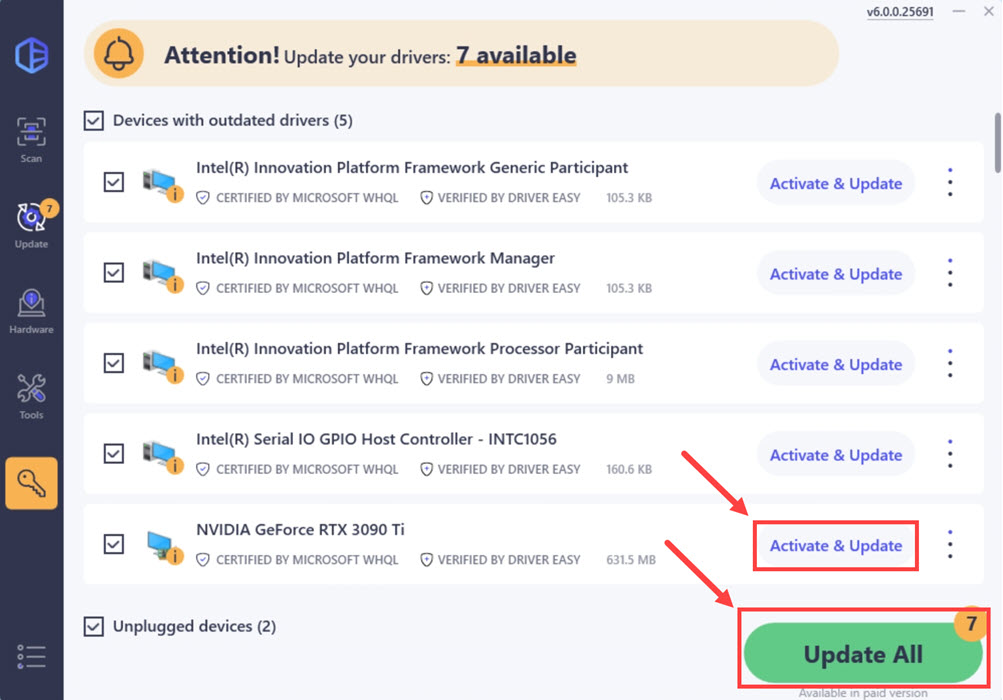
- After updating, restart your computer to take effect.
Once you’ve updated your graphics driver, restart your computer and launch Microsoft Flight Simulator 2020. You can now test your gameplay and see if the game crashes again.
If the problem persists, please check out the next fix below.
Fix 3: Install all Windows updates
Windows 10 and 11 include 2 types of updates: feature updates and quality updates. Feature updates include enhanced features and security improvements, while quality updates are mostly security fixes. If you’re not sure whether you’re using the latest version of Windows 10/11, you should check for system updates.
On Windows 10:
- On your keyboard, press the Windows logo key and I at the same time to open the Windows Settings app. Click Update & Security.
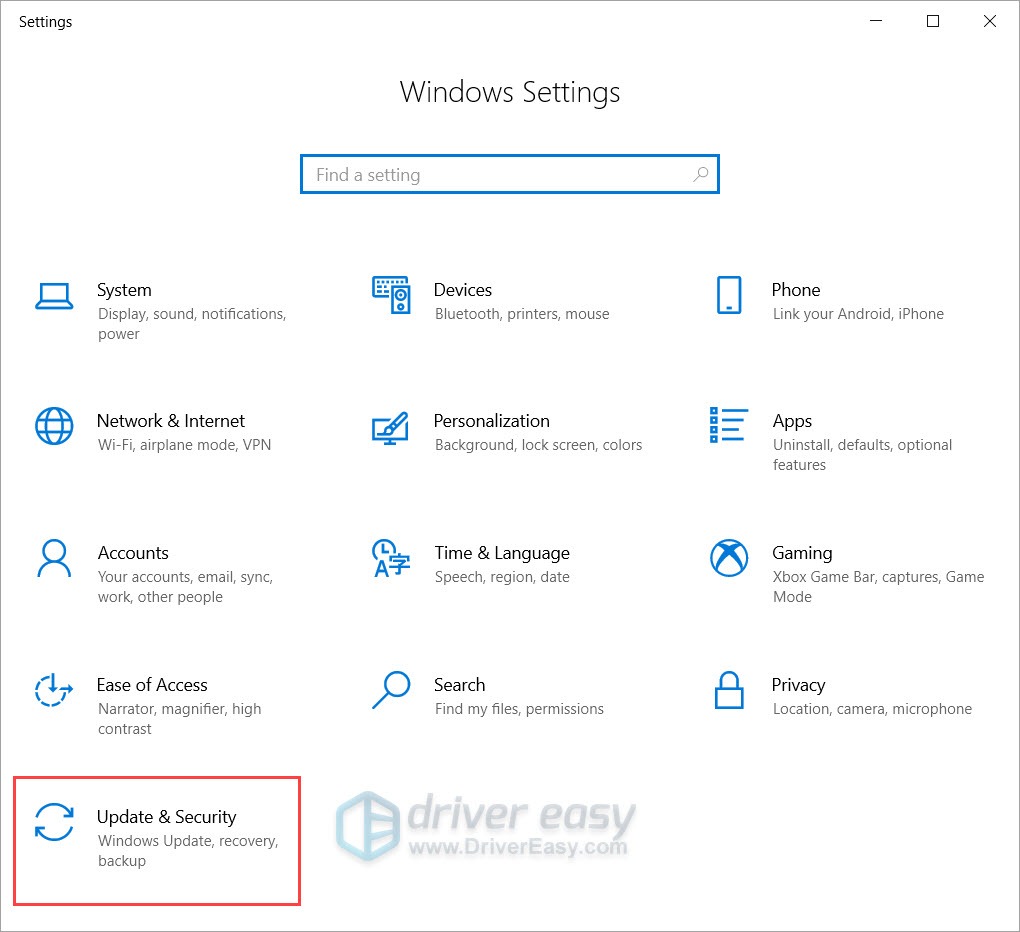
- Click Check for updates. Windows will download and install automatically available updates. It might take some time depending on your connection speed.
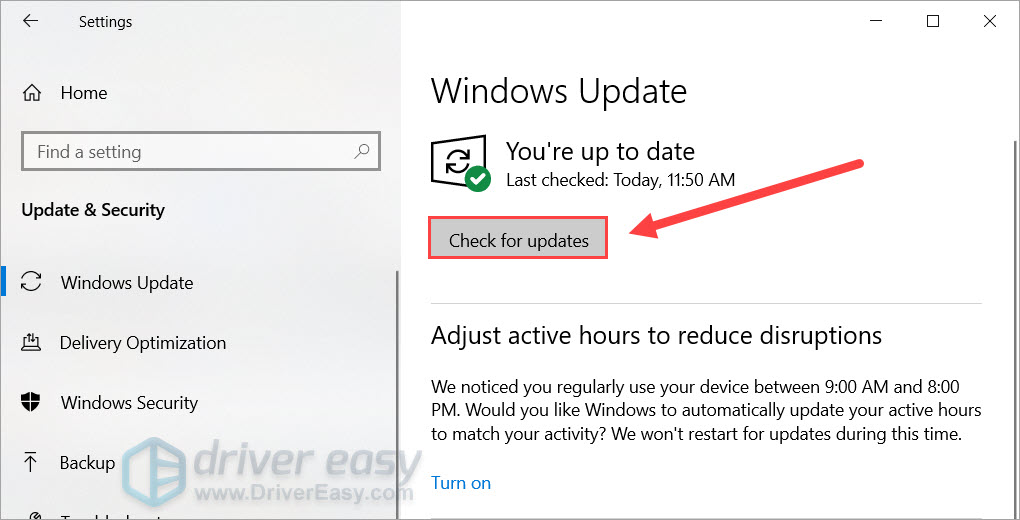
- Once you’ve installed the updates, restart your computer.
On Windows 11:
- On your keyboard, hit the Windows key, then type check for updates, then click Check for updates.

- Click Check for updates, and Windows will scan for any available updates.

- If there are available updates, Windows will automatically download them for you. Restart your computer for the update to take effect if needed.

- If there are no available updates, you’ll see You’re up to date like this.

After installing all the available updates, you can open Microsoft Flight Simulator and check if it stops crashing.
If this method doesn’t give you any luck, please take a look at the next one.
Fix 4: Verify the integrity of game files
There’s a funny yet scary thing about Microsoft Flight Simulator: some players reported they can somehow launch the game when there are files missing. Missing or corrupted files are one potential cause of the crash. If you downloaded the game from Steam, you can try to verify the integrity of game files. Here’s how to do it:
- Launch Steam.
- In the LIBRARY, right-click Microsoft Flight Simulator 2020 and select Properties from the drop-down menu.
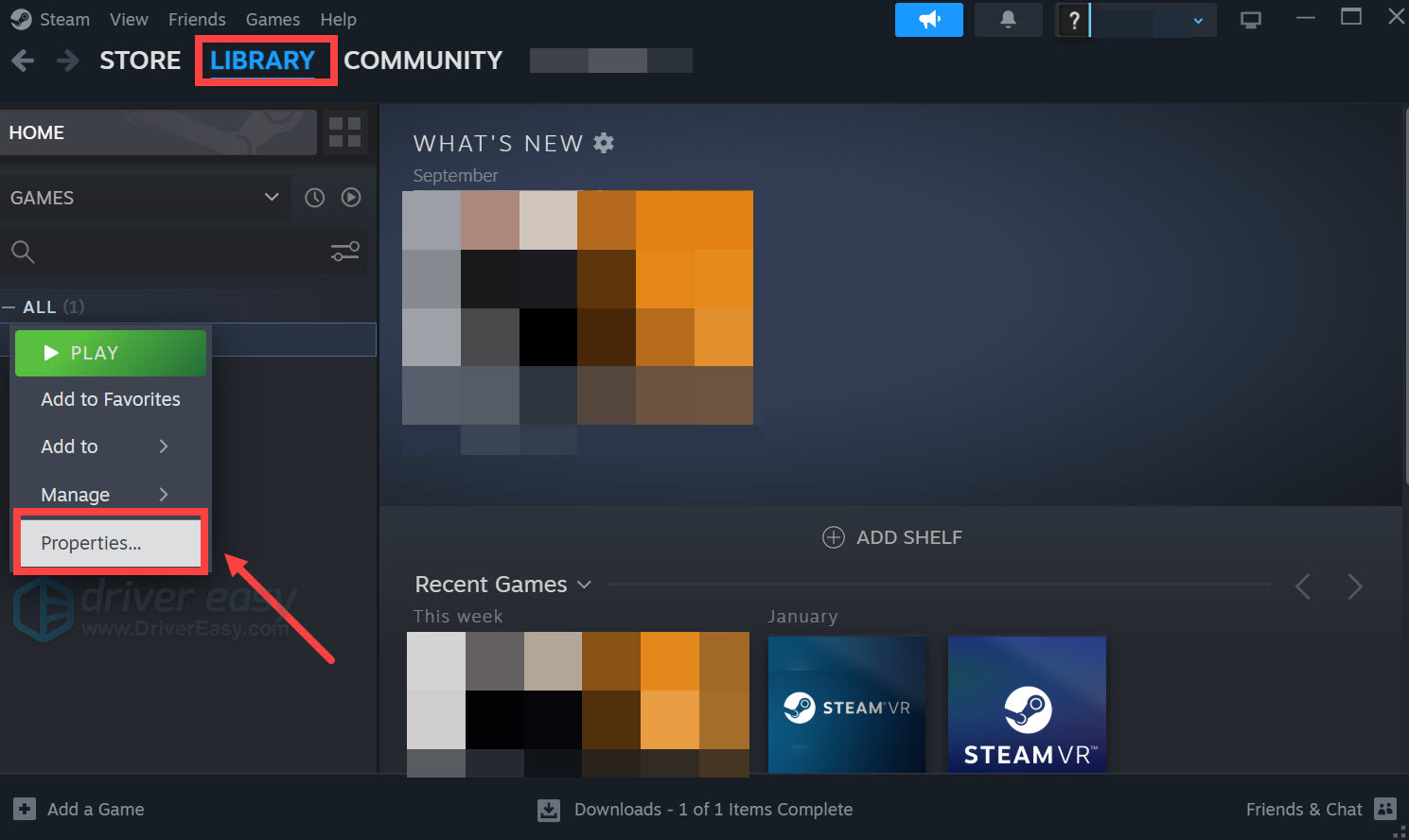
- Select the Installed Files tab and click on the Verified integrity of game files button.
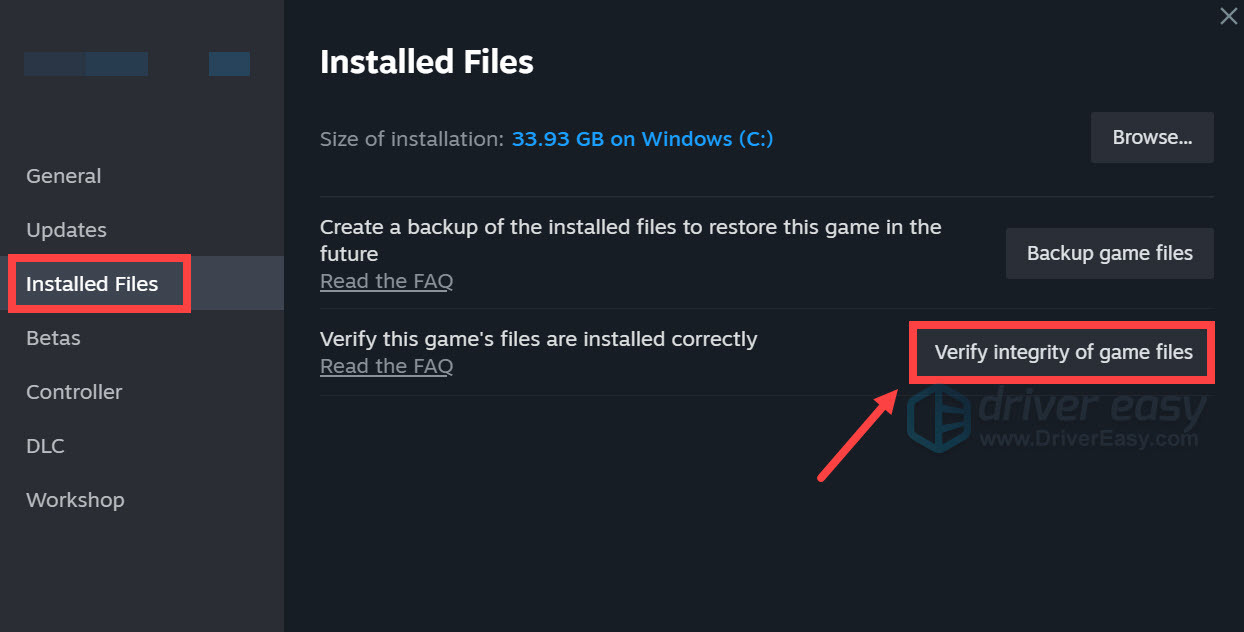
- Steam will verify the game’s files – this process may take several minutes.
If there’s nothing wrong with your files and the game still crashes, please try the next fix.
Fix 5: Change your power plan
Windows includes a feature called power plan, which manages the way your computer uses power. You can change your power plan to maximize performance, which might very well fix the crashing issue.
To change your power plan, follow these steps:
- On your keyboard, press the Windows logo key and R at the same time to invoke the Run box. Type or paste control /name Microsoft.PowerOptions and click OK.
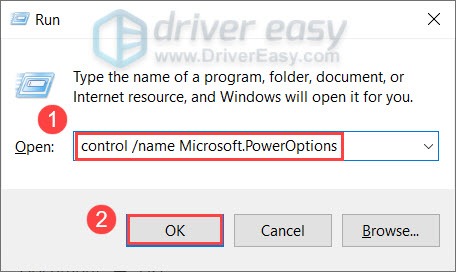
- In the pop-up window, select High Performance and click Change plan settings.

- Click the Turn off the display drop-down list and select Never. Then click Save changes.
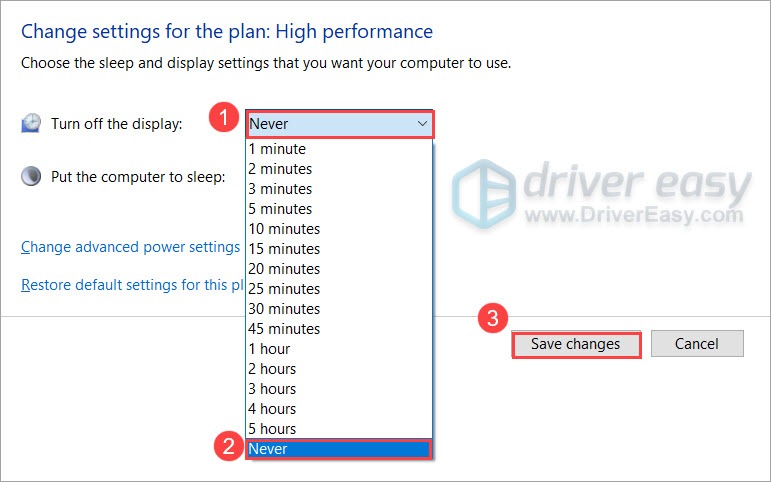
- Launch Microsoft Flight Simulator 2020 and see if the problem has gone away.
If this fix doesn’t do the trick for you, check out the next one below.
Fix 6: Disable peripherals
Gaming gears can greatly improve your gaming experience, but it’s true only when they are perfectly compatible with the game. According to some pilots, crashes can occur when there are 2 or more peripherals plugged in. So if you’re using gears such as controllers, joysticks and yokes, try unplugging them and see how things go. If the crash disappears, you can root out the problem by disabling peripherals one by one.
If you’re using only a mouse and a keyboard when the game crashes, please move on to the next fix.
Fix 7: Increase virtual memory
Virtual memory serves as additional RAM when your system is out of memory. This is often useful when you’re running a big and resource-hungry application. Microsoft Flight Simulator 2020 consumes lots of memory, and it’s very likely to crash when the physical memory is used up. If that’s the case, you can try increasing the virtual memory of your PC.
Here’s how:
- On your keyboard, press the Windows logo key and type advanced system settings. Click View advanced system settings.

- Under the Performance section, click Settings….
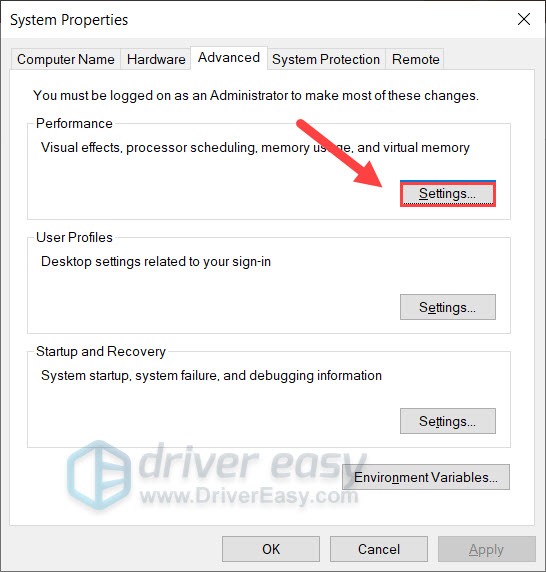
- In the pop-up window, navigate to the Advanced tab. Under the Virtual memory section, click Change….
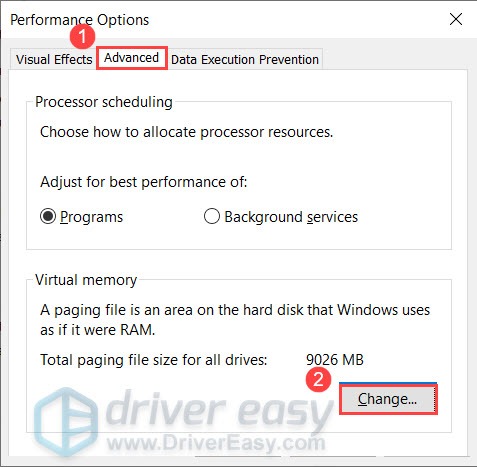
- Deselect the Automatically manage paging file size for all drives checkbox. Then select Customize size.
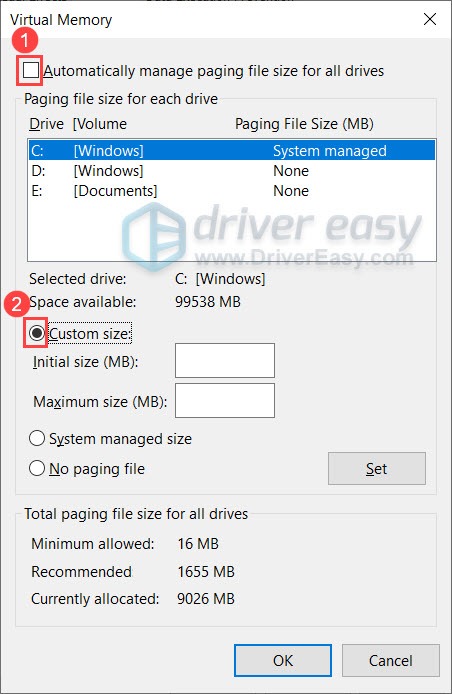
- Enter Initial size and Maximum size according to the physical memory of your computer. Microsoft recommends that virtual memory should be 1.5 to 3 times the size of physical memory. In my case, the physical memory (actual RAM) of my computer is 8 GB, so the Initial size for me here is 8 x 1024 x 1.5 = 12288 MB, and the Maximum size should be 8 x 1024 x 3 = 24576 MB. Once you’ve entered your size of virtual memory, click Set, then click OK to save the changes.
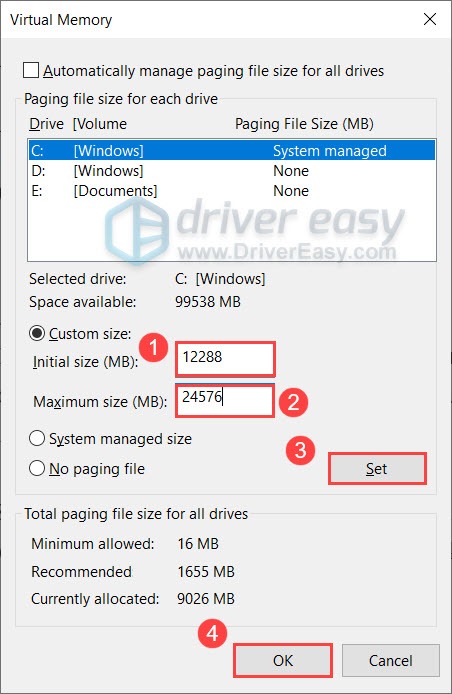
- Restart your computer.
Now you can open Microsoft Flight Simulator 2020 and check if the crash reoccurs.
So these are the tips proven useful to many gamers. Hopefully, you have now fixed the crash and can enjoy your flight. If you have any questions or suggestions, please leave a comment down below.






